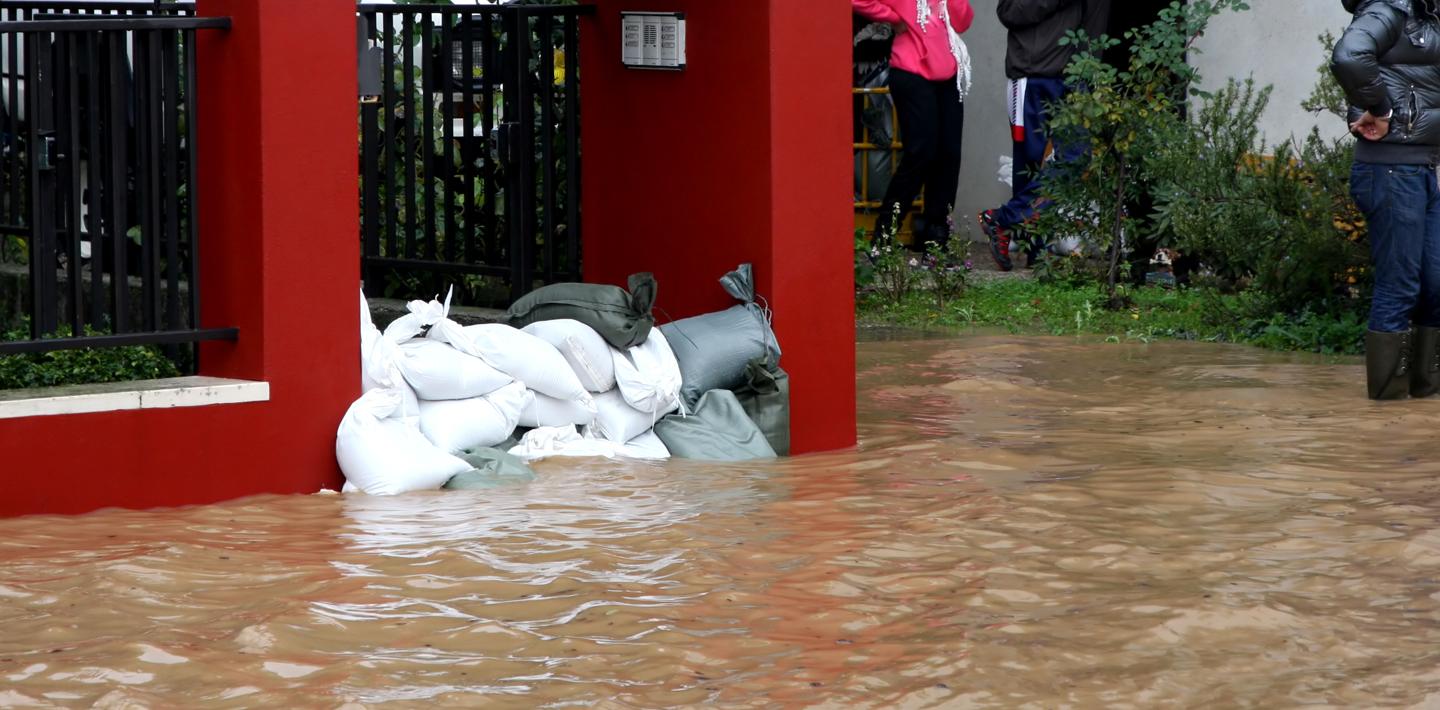The Real Insight is a must-read consumer newsletter that delivers important news about the real estate market right to your inbox every week. The Real Insight will benefit readers with hand-picked articles and curated content that puts our expertise in the real estate industry to work for you. Learn about the best time to buy or sell, when to start (or stop) that pesky remodeling project and how the larger real estate market could impact your decision on whether to invest in real estate—and when. You’ll also receive reliable seasonal articles during tax time and DIY decorating tips for the holidays. Subscribe to The Real Insight today and get informed!

Flood insurance is a big financial plus after a disaster like Hurricane Harvey because home insurance doesn’t cover flood damage.
Still, most flood insurance may not be as generous as homeowners expect.
“It’s very basic coverage,” says Ryan Andrew, president of The Andrew Agency, an independent insurance brokerage in Richmond, Virginia.
Knowing your policy’s limits will help prevent unpleasant surprises when it’s time to file a claim. Or if you’re buying flood insurance, understanding the limits can help you decide whether to purchase additional coverage.
Most flood insurance is provided through the federal government’s National Flood Insurance Program. A policy can cover just the building or the building and personal belongings, such as furniture and clothing.
“Excess flood insurance” is additional coverage you can buy from private insurers on top of an NFIP policy.
| At a glance: Limits on a standard NFIP flood insurance policy | |
|---|---|
| Rebuilding and repairs on a house | $250,000 |
| Damaged belongings | $100,000 |
| Basements | Limited to damaged drywall and ceiling, furnaces, washers and dryers and other basic items. Furniture and other belongings in the basement not covered. |
| Things outside such as trees, deck and pools | No coverage |
| Expenses when you can’t live in your home | No coverage |
No matter how much a home is worth, the most a policy will pay to rebuild or repair it is $250,000.
NFIP flood insurance reimburses for the actual value of belongings, such as furniture, bedding and clothing, not for the price of brand-new items. The actual value is the cost to replace an item, minus depreciation.
The most a policy will pay for damaged belongings altogether is $100,000.
Check your policy to confirm you have coverage for belongings. Many people buy flood insurance because their mortgage lenders require it. Lenders, though, require coverage for only the building, says Jeff Nicholl, claims supervisor for Wright Flood, a national flood insurance provider based in St. Petersburg, Florida. Whether you buy coverage for belongings is optional as far as lenders are concerned.
“Many people have finished living spaces in the basement and are very surprised and confused to find that much of that is not covered,” says Lisa Lindsay, executive director of the Private Risk Management Association, a national group for insurance agents that serve high net-worth clients.
The very basics of basements are covered, such as foundation walls, drywall walls and ceilings, electrical outlets, staircases, furnaces, water heaters and central air conditioners. Washers, dryers and freezers (including the food inside) are also covered.
But much else is not covered in the basement, such as:
Carpeting, tile and other floor coverings
Paneling, bookcases and curtains
Furniture
Clothing, electronic equipment, kitchen supplies and most other belongings
There is no coverage for living expenses if your home is uninhabitable because of a flood. This is different from the way a home insurance policy works. If your house is damaged by a disaster covered by home insurance, such as a fire, and is uninhabitable, the homeowners policy pays for extra expenses such as hotel costs or rent, while your home is rebuilt.
Anything outside the building is not covered. That includes trees, plants, patio furniture, decks, hot tubs, swimming pools and septic systems.
Most people who buy NFIP flood insurance skip excess coverage, and that’s unfortunate, Lindsay says. In a recent survey of her group’s member agents, only 20% of their homeowner customers with flood coverage had excess coverage.
Excess policies let you raise limits on the payout for the house and belongings. Some policies also pay for additional living expenses if your home is uninhabitable and pay for replacement, versus actual value, of belongings. The options vary by company.
Here are the first insurance steps once you’re safe:
Call the insurer that administers the flood insurance policy. “We encourage everybody to file [a claim] as quick as they can,” says Andrew, who has clients with property in Houston. “It’s not going to be an overnight process.”
Apply for disaster assistance if necessary
Check your policy’s “declarations page,” which spells out the coverage and the deductibles
Make sure your name and the name of the mortgage lender are correct, and call the insurer to fix any mistakes immediately to avoid delays later. “The check comes in the name of the insured and the mortgage company,” Nicholl says, so it’s important that the names are right.
Get instructions for filing the claim. The Federal Emergency Management Agency’s claims handbook is a good starting point.



